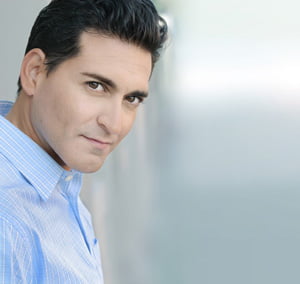 There was a time when men in cosmetic surgeons’ offices were rare specimens. But there is a cultural shift happening in America today. In recent years, more cosmetic surgeons have been reported higher rates of male patients.
There was a time when men in cosmetic surgeons’ offices were rare specimens. But there is a cultural shift happening in America today. In recent years, more cosmetic surgeons have been reported higher rates of male patients.
As a result of this shift, there has been greater awareness around men’s issues, especially gynecomastia. This is a common condition that affects roughly 4% of males aged 10 to 19. However, gynecomastia can occur at almost any age. Many of my patients have asked: what is gynecomastia, and what causes it?
What is gynecomastia? The word “gynecomastia” is derived from the Greek words for “woman” and “breast.” All men have – at the very least – a very small amount of breast tissue. Gynecomastia is an enlargement of this glandular tissue in the male breast.
What causes gynecomastia? In almost all cases, gynecomastia is the result of a hormonal imbalance. While all men and women have male and female hormones, the emergence of sexual traits is tied to the balance between the two. Women have more estrogens than man, while men have more androgens than women. When these hormones become imbalanced, this can result in abnormal development.
So gynecomastia is usually a side effect? Yes – it almost always results from another problem in the body. Gynecomastia can result from the use of different medications, as well as medical conditions such as hyperthyroidism, chronic kidney failure, and cirrhosis.
Does gynecomastia have anything to do with obesity? No – this is a common misconception. Gynecomastia has no ties to obesity, although obesity can result in what is known as “pseudo gynecomastia.” This refers to overly large breasts resulting from fat deposits in the chest. While they look similar, these fatty deposits will often disappear with weight loss. They can also be removed with liposuction.
What is the treatment for gynecomastia? Once the original cause of the hormonal imbalance has been resolved, gynecomastia can be treated with male breast reduction surgery. This procedure involves removing the excess breast tissue and re-sculpting the chest for a more natural appearance.




